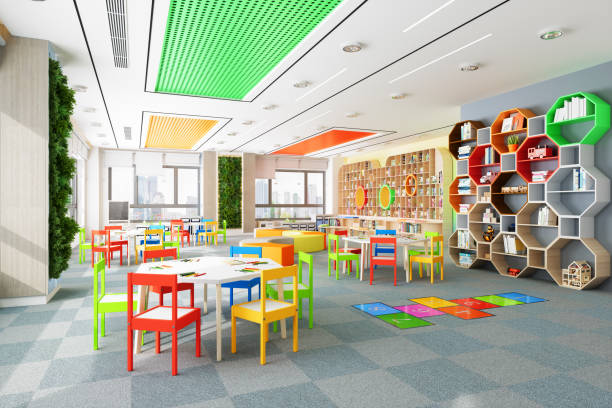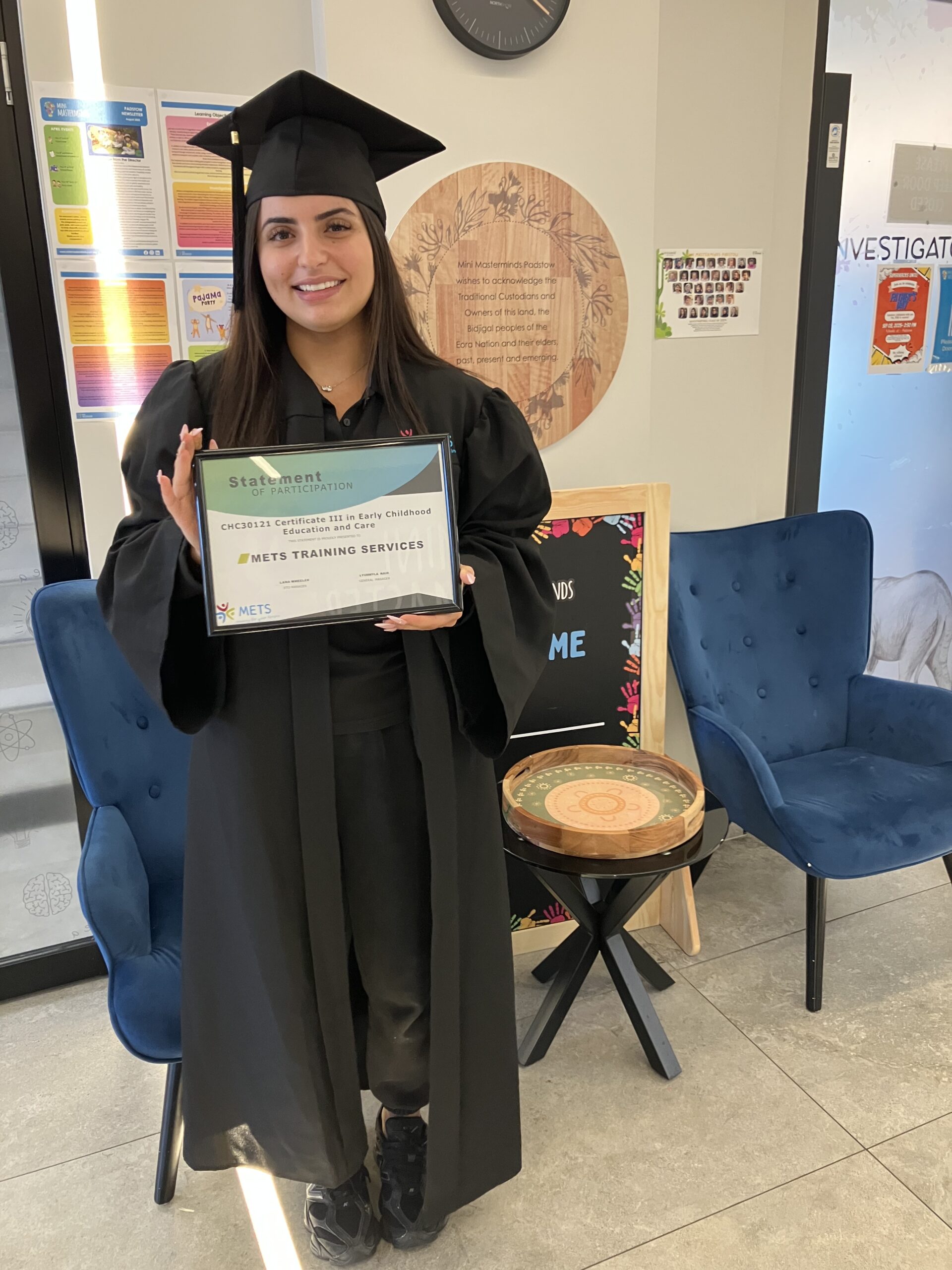The Certificate III in Individual Support (Disability) is a nationally recognized qualification that equips individuals with the essential skills and knowledge to provide compassionate, person-centered care to people with disabilities. This course is designed to prepare support workers for roles in residential facilities, community settings, or in-home care, focusing on empowering clients to achieve greater independence and well-being.
With Australia’s disability support sector rapidly expanding—driven in part by the National Disability Insurance Scheme (NDIS)—the demand for qualified, empathetic, and skilled support workers has never been higher. Whether you’re already working in care or looking to start a new career, gaining this certification can open doors to stable, meaningful employment.
There are two main ways to obtain your Cert III in Individual Support (Disability): through Recognition of Prior Learning (RPL) or via a traineeship. In this guide, we’ll explore both pathways in detail to help you decide which option best suits your experience level, learning preferences, and career goals.
What is Certificate III in Individual Support (Disability)?
The Certificate III in Individual Support (Disability) is a nationally accredited qualification in Australia designed to prepare individuals for a rewarding career in the disability care sector. This course focuses on developing the practical skills and foundational knowledge required to support people living with disabilities in a safe, respectful, and empowering way.
The qualification covers a range of core competencies, including person-centred support, effective communication, safe work practices, infection control, and understanding the legal and ethical responsibilities of a care worker. It also offers specific training in supporting clients with physical and intellectual disabilities, encouraging independence, and providing both emotional and practical assistance in day-to-day activities.
Graduates of this course are typically prepared for roles such as Disability Support Worker, Personal Care Assistant, Residential Support Worker, or Community Support Worker. These roles are in high demand across Australia, especially with the continued rollout of the National Disability Insurance Scheme (NDIS). As a nationally recognized qualification, Cert III in Individual Support (Disability) enhances your employability, offers long-term career stability, and can also serve as a stepping stone toward further qualifications in health or community services.
Pathway 1: Recognition of Prior Learning (RPL)
Recognition of Prior Learning (RPL) is a formal assessment process that allows individuals to convert their existing skills, knowledge, and work experience into a nationally recognised qualification—without the need to undergo traditional study. It’s particularly beneficial for people who have been working in roles relevant to disability care but haven’t yet obtained a formal qualification.
RPL is ideal for experienced professionals currently or previously working in aged care, disability support, community services, or similar roles. If you’ve been performing tasks aligned with the Certificate III in Individual Support (Disability), RPL offers a faster and more flexible pathway to getting qualified.
Key Benefits of RPL:
- Faster process – No need to study what you already know.
- Cost-effective – Lower overall costs compared to full-time courses.
- No classroom time – Perfect for busy professionals.
Requirements for RPL:
To successfully apply for RPL, you’ll need to provide evidence of your competencies, which can include:
- Work experience documentation – such as a current résumé, reference letters, and detailed job descriptions.
- Supporting documents – including past certificates, workplace training records, performance appraisals, and relevant licenses.
Steps to Apply for RPL:
- Initial consultation with an RPL assessor to confirm your eligibility.
- Evidence gathering – compile and submit your documents.
- Assessment process – your portfolio is reviewed against the qualification criteria.
- Gap training (if required) – complete any short units if your experience doesn’t fully cover the requirements.
- Receive your qualification – once competency is confirmed across all required units.
Pathway 2: Traineeship
A traineeship is a structured employment-based training program that combines practical, on-the-job experience with formal study toward a nationally recognised qualification—in this case, the Certificate III in Individual Support (Disability). It’s an excellent entry pathway for those looking to begin a rewarding career in the disability support sector.
Who It’s Suitable For:
- School leavers looking to enter the workforce while gaining a qualification.
- Career changers wanting to move into a more meaningful, people-focused industry.
- Individuals new to disability support who prefer learning by doing rather than studying in a traditional classroom.
Key Features:
- Hands-on learning: Work alongside experienced support workers while studying.
- Earn while you learn: Trainees are paid employees throughout the program.
- Duration: Most traineeships run between 12 to 24 months, depending on your pace and the employer’s requirements.
- Structured support: You’ll have a registered training organisation (RTO) overseeing your formal education while your employer provides real-world experience.
Eligibility Requirements:
- Must be an Australian citizen, permanent resident, or hold an eligible visa.
- Generally open to individuals aged 15 years and older.
- No prior qualifications or industry experience required.
How to Find a Traineeship Opportunity:
- Check job boards like Seek, Indeed, and government traineeship portals.
- Contact local disability support providers—many offer traineeships or partner with RTOs.
- Reach out to Group Training Organisations (GTOs) who help match trainees with employers.
- Speak with a career advisor or training provider to explore available options in your area.
Key Differences: RPL vs. Traineeship
| Criteria | RPL | Traineeship |
| Experience needed | Yes (prior relevant experience) | No (training provided) |
| Timeframe | Shorter (weeks–months) | Longer (12–24 months) |
| Learning style | Assessment-based | Structured learning |
| Cost | Often lower | May be subsidised/funded |
| Employment | Not required during process | Required (you are employed) |
Which Path is Right for You?
Choosing between Recognition of Prior Learning (RPL) and a traineeship depends on your experience, learning style, and career goals. Here are a few questions to help you decide:
Ask Yourself:
Do you already have experience in disability, aged care, or community support?
→ If yes, RPL might be ideal—it recognises your past work and helps you fast-track the qualification.
Do you prefer hands-on learning in a structured environment with support?
→ A traineeship offers a blend of paid work and formal study, perfect for beginners.
Are you looking to get qualified quickly and avoid classroom time?
→ RPL allows you to skip formal training if you can demonstrate the required competencies through evidence.
Are you just starting out and want to learn everything from the ground up?
→ A traineeship helps you build foundational skills while earning and gaining real-world experience.
How to Get Your Cert III in Individual Support (Disability)
Whether you’re pursuing Recognition of Prior Learning (RPL) or starting a traineeship, getting started is simple when you follow these steps:
1. Choose a Registered Training Organisation (RTO)
Start by selecting a reputable RTO like METS Training Services, which specialises in delivering Certificate III in Individual Support (Disability).
2. Discuss Your Options
Speak with a course advisor to determine whether RPL or a traineeship suits your situation. If you have existing experience, they’ll assess your eligibility for RPL. If you’re new to the field, they’ll help you enrol in a traineeship and understand what’s involved.
3. Prepare Your Documents or Applications
If you’re applying through RPL, you’ll need to gather relevant documents such as:
- Resume and job descriptions
- Reference letters from employers
- Certificates or training records
- Workplace evidence (e.g. case notes, care plans)
For a traineeship, you’ll need to apply for available roles and meet basic eligibility requirements.
4. Explore Government Funding and Subsidies
You may be eligible for funding or fee subsidies, especially if you’re in New South Wales or other Australian states offering support for aged care and disability qualifications. METs can assist you with funding applications or direct you to relevant government programs.
Conclusion
No matter which path you choose—Recognition of Prior Learning (RPL) or a traineeship—both lead to the same nationally recognised Certificate III in Individual Support (Disability). The key is choosing the option that aligns best with your experience, learning style, and career goals.
Whether you’re an experienced care worker looking to formalise your skills or someone new to the sector eager to start a meaningful career, there’s a pathway tailored for you.
Contact us today to find out if you’re eligible for RPL or to explore traineeship opportunities available in your area.







